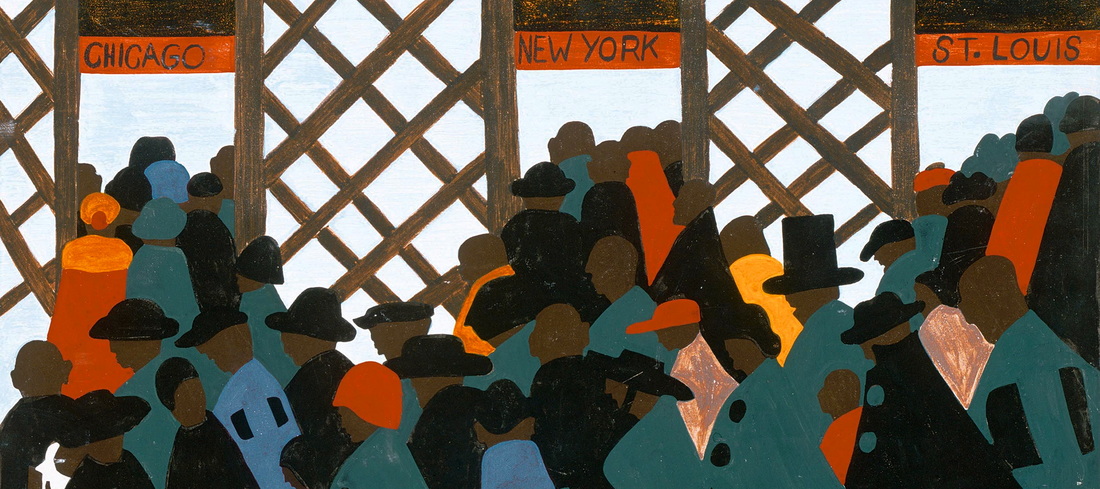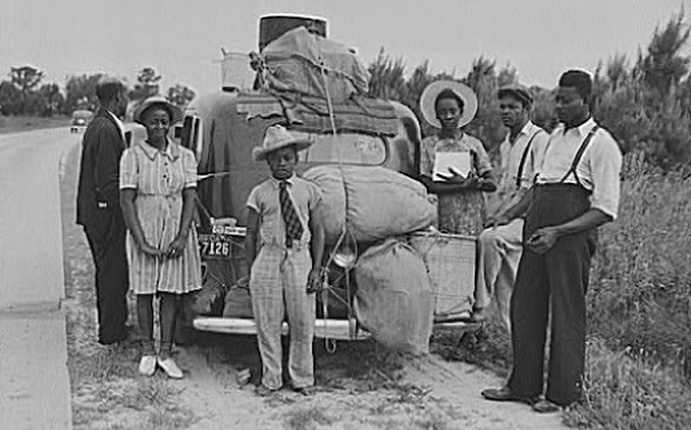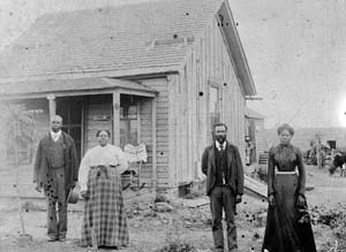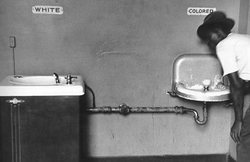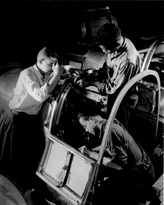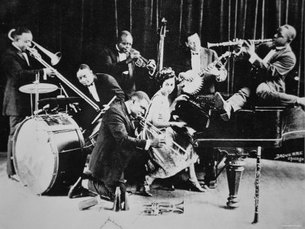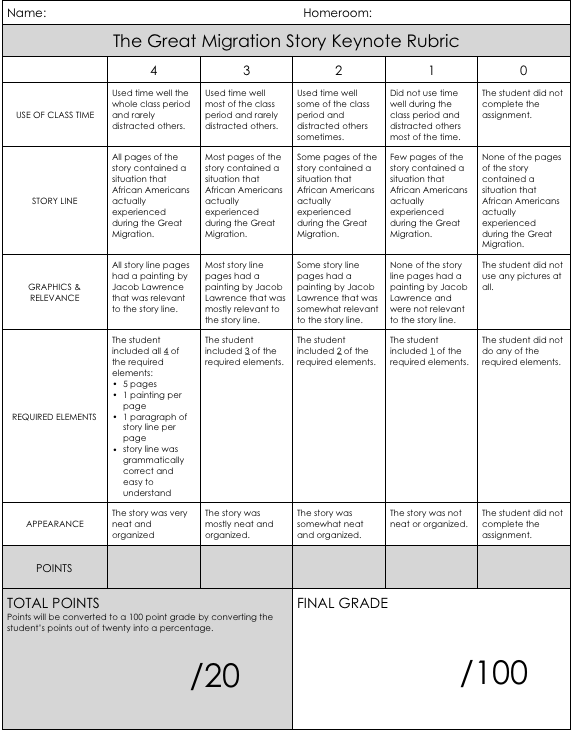Unit 4 Lesson 5
BLUES TRAVELERS
The Great Migration
LESSON TARGET

I can analyze the impact of the Great Migration on American society and culture.
I can analyze the impact of the Great Migration on American society and culture.
READ ABOUT IT!
Directions: The first thing you need to do is read about the Great Migration. Make sure that you are looking for the impacts of the Great Migration on American society and culture during the reading.
The Great Migration
“If you can't fly then run, if you can't run then walk, if you can't walk then crawl, but whatever you do you have to keep moving forward.”
~ Dr. Martin Luther King Jr. ~
~ Dr. Martin Luther King Jr. ~
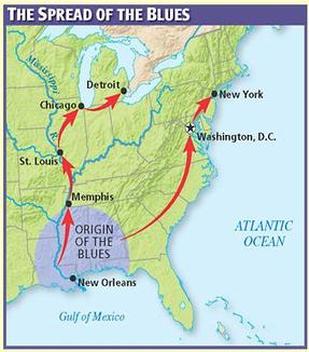
The Great Migration of African Americans to the North took many paths. Jazz began in the South in New Orleans, Louisiana with a type of jazz called Dixieland. Dixieland Jazz was a mixture of the blues and spirituals and used a technique called improvisation. Improvisation is when a musician makes up the music as the band plays. The major path of African Americans leaving the South was along the Mississippi River. As they settled in Memphis, Kansas City, St. Louis, and Chicago new styles of Jazz evolved. Another path African Americans took was to New York City. Musicians passed through larger Southern towns such as Birmingham, Alabama and Atlanta, Georgia and decided to stay. Others moved on to Washington D.C. and New York. In New York many musicians moved to an area called Harlem. Jazz in Harlem inspired African Americans to develop other art forms. African Americans became authors, actors, artists, and activists. In New York, all the new forms of art created by African Americans in the 1920s became known as the Harlem Renaissance.
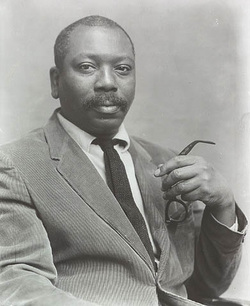 Jacob Lawrence
Jacob Lawrence
One artist named Jacob Lawrence pulled the Great Migration together in what he called the Migration Series. The Migration Series was a collection of paintings that illustrated the feelings and emotional hardships of participants in the Great Migration. Lawrence drew his inspiration from the many real life struggles of African Americans who chose to move north and better their lives and the lives of their families. Lawrence was born in 1917 in the midst of this great mass movement of African Americans. He studied at the Harlem Art Workshop in New York City and at the American Artists School in New York. He taught at Pratt Institute and at the University of Washington in Seattle. His work has been exhibited at the Metropolitan Museum of Art in New York City; The Phillips Collection in Washington, D.C.; and at other major museums in the United States and in foreign countries. No other artist has captured the fullness of the Great Migration as Jacob Lawrence did. Lawrence died in 2000 but his art is still enjoyed by people all over the world.
EXPLAIN IT!
Directions: The second thing you need to do is show that you understand what you have just read. In your small groups, answer the questions below. We will discuss these as a whole group when you have completed these in your small groups.
|
|
|
|
|
|
ANALYZE IT!
Directions: The third thing you need to do is break down what you have read. In your small groups, look at the gallery of paintings below by Jacob Lawrence. Based on his paintings, what did African Americans experience during the Great Migration? Be ready to discuss it in whole group.
The Great Migration Series
CREATE IT!
Directions: The fourth thing you need to do is create something with what you learned. In this activity, you will create a fictional story about the Great Migration using the paintings from Jacob Lawrence's Great Migration Series. Use your imagination. You will create your story in a Keynote Presentation. Use the rubric below to create your story.
PROVE IT!
Directions: The last thing you need to do is to prove that you have met the lesson target. Click on the lesson target icon below to complete the Prove It Activity.
LESSON REFLECTION
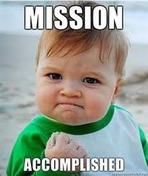
Congratulations!
You have completed the Unit 4 Lesson 5 - Blues Travelers.
